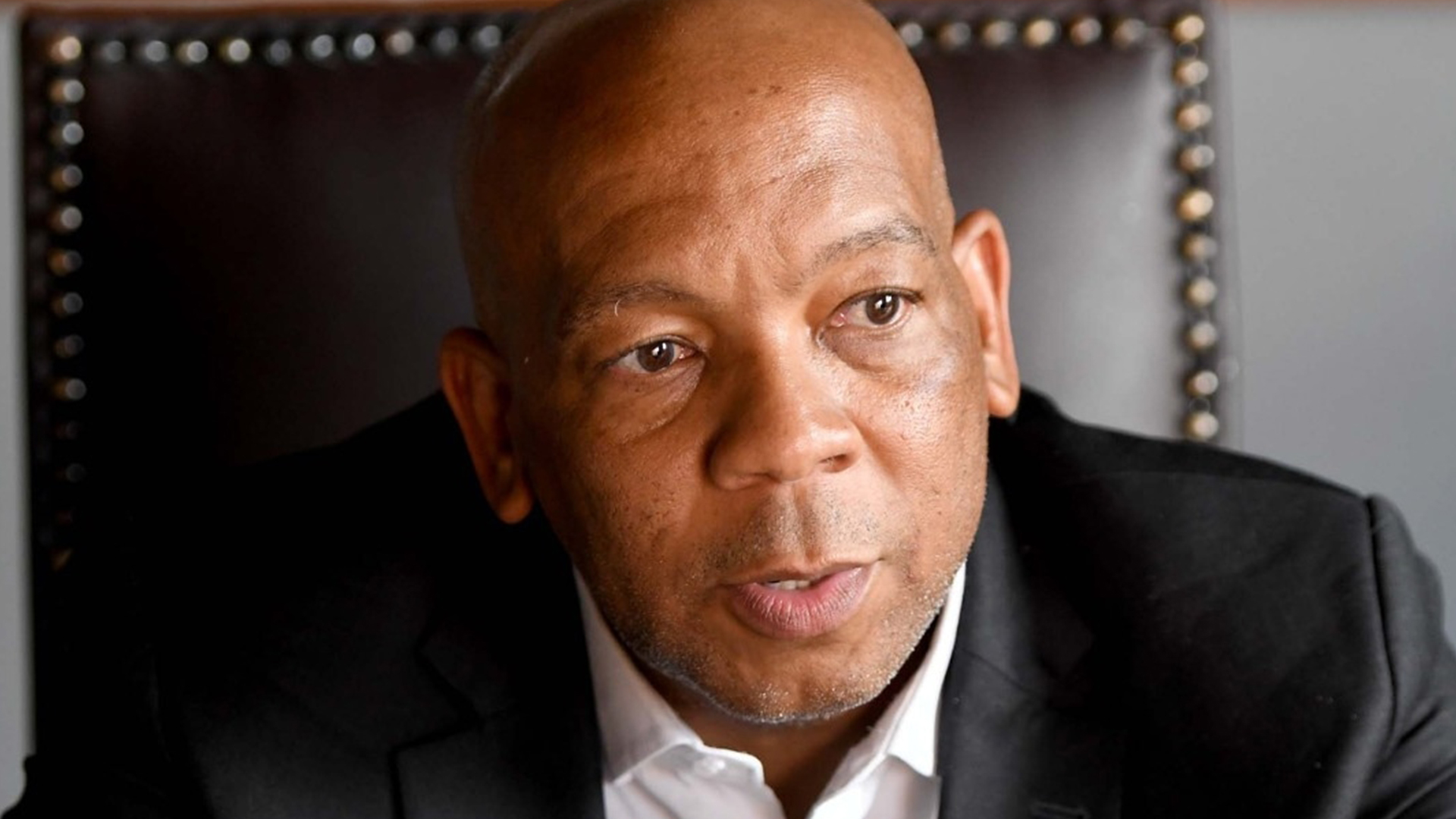- The newly appointed Minister of Electricity, Dr Kgosientsho Ramokgopa, has launched the Resource Mobilisation Fund (RMF) amid eased spending regulation due to the National State of Disaster.
- This fund will go towards boosting and supporting the government’s efforts to end loadshedding in line with the Energy Action Plan posed by the National Energy Crisis Committee.
- Millions of Rands in funds were lost to dodgy government tenders during the height of the COVID-19 pandemic, when the State of Disaster was also enacted.
Last week finally saw the appointment of South Africa’s Minister of Electricity, or more technically, Minister in the Presidency for Electricity, as Dr Kgosientsho Ramokgopa formerly a member of the Gauteng Provincial Legislature took the post.
First announced during President Cyril Ramaphosa’s state of the nation address, the post was first met with snide criticism on social media, which was followed by mountainous expectations.
Today, SA News reports that the newly minted minister has launched the Resource Mobilisation Fund (RMF), which “seeks to provide resources and expertise to enable government to effectively implement the Energy Action Plan,” according to Minister in the Presidency Khumbudzo Ntshavheni.
The RMF is set to boost the work of the National Energy Crisis Committee in efforts to end the seemingly endless electricity blackouts plaguing South Africa.
As of yet the government has not disclosed how much money is being controlled within the RMF, but the funding for the RMF was allocated through newly released National State of Disaster regulations.
These regulations allow for government to access finances with fewer restrictions in order to respond to the loadshedding and the energy crisis facing the country more decisively. The last time similar regulations were enacted was during the height of the COVID-19 pandemic.
The years of 2020 and 2021 saw millions of Rand lost to irregular spending and dodgy tenders related to securing personal protection equipment (PPE) to protect public employees against the novel coronavirus.
Now, the electricity shortage, which the South African Reserve Bank believes costs the country’s economy millions if not billions every day, has summoned another state of disaster, and government says it has since, “embarked on a series of decisive actions, which include fiscal consolidation, rapid economic reforms and urgent actions aimed at reducing loadshedding in the short term and transforming the sector through market reforms to achieve long-term energy security.”
There has been loadshedding every day of 2023 so far, and South Africa is currently at Stage 3 rolling blackouts with Eskom noting that its generation capacity has improved in recent days. It is highly unlikely that this will last too long, as Eskom’s fleet of power stations is highly unstable due to their ages and varying states of disrepair.
#loadsheddingupdate
— Eskom Hld SOC Ltd (@Eskom_SA) March 15, 2023
Due to some improvements in the generation capacity over the past 24 hours, Stage 3 loadshedding will remain in force until further notice. Eskom will provide an update as soon as any significant changes occur.
Wednesday also saw Eskom’s Kusile Power Station granted an exemption from complying with air emission standards in an effort to further reduce loadshedding. Kusile is now emitting more sulphur dioxide into the country’s atmosphere, which can negatively impact the health of South African citizens.
[Image – Dr Kgosientsho Ramokgopa on Twitter]

